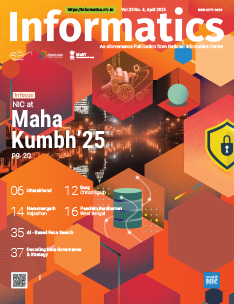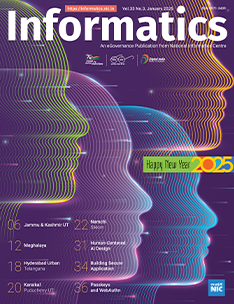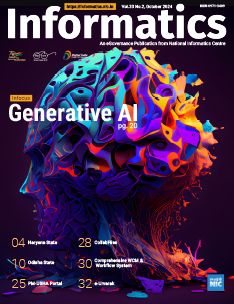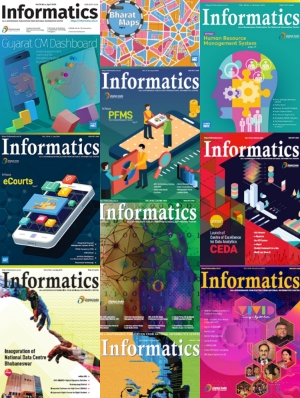Online Compulsory Marriage Registration
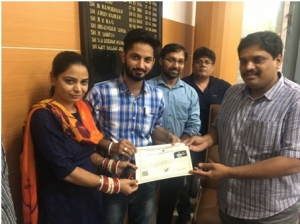
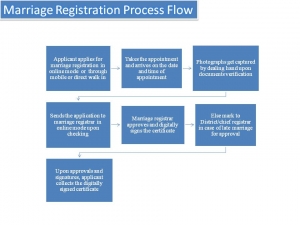
Online Compulsory Marriage Registration, for Registration of Marriage, was launched on 28th March 2018 by Sh Parimal Rai, IAS Adviser to the Administrator, UT Chandigarh and the first certificate generated through the system was given by Mr Ajit Balaji Joshi, IAS Deputy Commissioner, Chandigarh on 4th April 2018. As a part of eDistrict Service, it is an end to end solution aimed at computerizing the whole process of marriage registration. An appointment system is integrated in the application with an objective of providing hassle free service to the citizens. Timelines are fixed in the whole process so as to ensure timely delivery of marriage registration certificate. System has minimum human intervention so as to avoid any bribery fraudulent incidents. An Online certificate verification system is also in place for the verification of the document by various agencies.
There are 3 modes available to apply for Marriage registration, as listed below-
-
Online Application through the Web portal
- Filling of online application form
- Uploading of documents
- Scheduling an appointment by choosing from the fixed slots of time as defined
- Submission of application
- Applicant gets a unique registration number for future communication
- Comes to the marriage registrar office on the date of appointment for marriage registration
-
Android Mobile application for applying of marriage registration
- Filling of application form on mobile app.
- Schedule an appointment by choosing from the fixed slots of time as defined
- Submission of application
- Applicant gets a unique registration no. for future communication
- Comes to the marriage registrar office on the date of appointment for marriage registration
- Gets the required documents uploaded by DEO
-
Applicant can walk-in directly to Marriage Registrar office to submit the application
- Fill the entire application form with pen
- Get the details filled by designated data entry operator
- Submit the required documents to operator for uploading
- Applicants check the entire application entered by operator
- Applicant gets a unique registration number for future communication on submission
- Present themselves during the time slot defined for the direct walk-in applicants
Salient features and specifications
- Online Mode of application submission
- Appointment system integrated with fixed time slots
- Provision to integrate tatkal system for same day certificate generation
- Optional Aadhaar linked provision for applicant
- Online mode police verification, if required
- End to end computerized process flow and digitally signed at each level
- QR code introduced for verification and authentication purposes
- Digitally signed coloured certificate on non-tearable paper
- Online tracking system for application status
- Provision to verify the authenticity of the certificate from anywhere through http://chdservices.gov.in by entering application number and certificate number.




 Subscribe
Subscribe
 Flipbook
Flipbook PDF (4.2 MB)
PDF (4.2 MB)